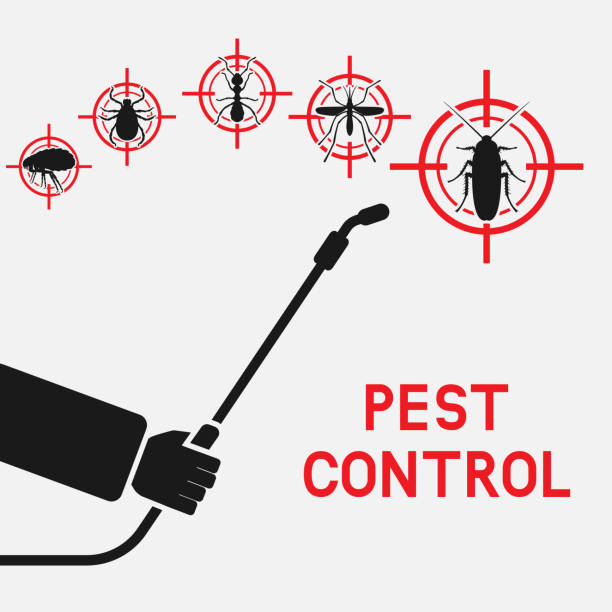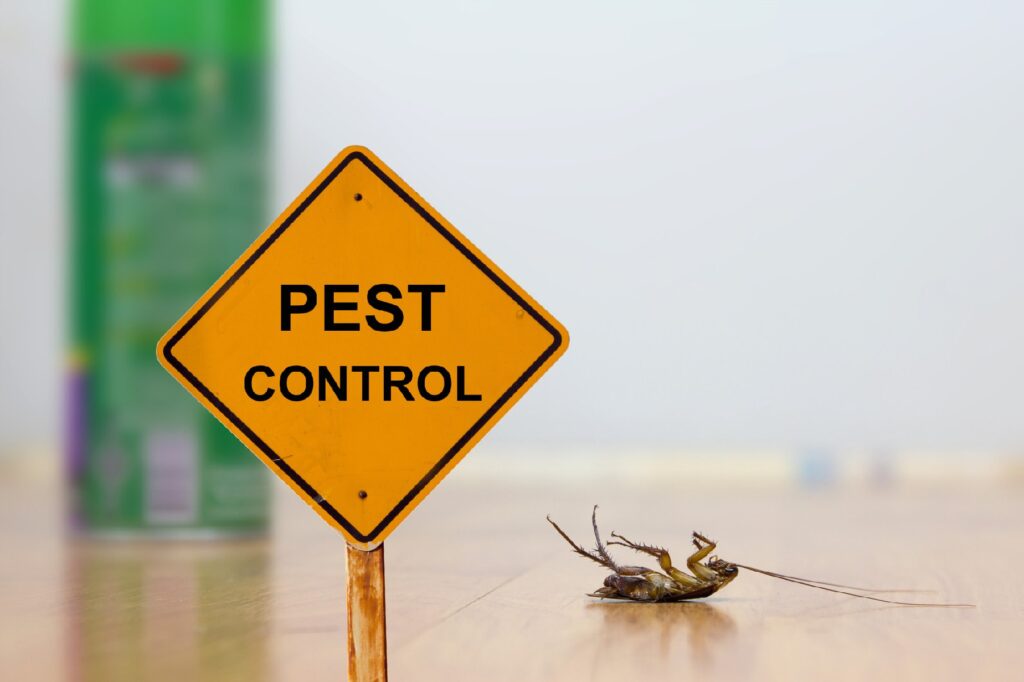Why Select Pest Control Lockhart for Your Home Protection Needs
Why Select Pest Control Lockhart for Your Home Protection Needs
Blog Article
Exploring Problem and Treatment Strategies in the Globe of Parasite Control
The landscape of pest control incorporates a myriad of difficulties, particularly as infestations of usual household pests remain to advance. Recognizing the actions and reproductive patterns of these annoyances is critical for creating efficient treatment approaches. By integrating preventive procedures with sophisticated monitoring techniques, such as Integrated Pest Management (IPM), house owners can better protect their atmospheres. The performance of these methods may differ significantly based on particular situations. What underlying factors add to the success or failing of these approaches in different settings?

Typical Family Pests
When it pertains to managing our space, understanding usual family insects is vital. These pests not just disrupt our convenience yet can also posture health risks and damage residential or commercial property. One of the most prevalent home pests consist of ants, cockroaches, rodents, termites, and bed insects.
Ants, commonly seen foraging in kitchen areas, can infect food and establish huge colonies. Rats, including computer mice and rats, can cause structural damages and lug diseases like hantavirus and salmonella.
Identifying the signs of these parasites, such as droppings, nests, or attack marks, is important for early intervention (Pest Control Lockhart). Appropriate cleanliness methods, securing entrance factors, and keeping a clutter-free setting work preventative procedures. By identifying these typical house parasites and recognizing their actions, property owners can take positive actions to mitigate problems, guaranteeing a healthier living environment
Recognizing Insect Infestations
Parasite problems can rise swiftly, transforming a small inconvenience right into a substantial issue if not resolved without delay. Common factors adding to problems include bad cleanliness, structural susceptabilities, and seasonal changes that drive insects inside.
Identifying the kind of pest is necessary, as different species show diverse habits and reproductive prices. For instance, rodents might establish nests in surprise areas while insects like cockroaches prosper in moist atmospheres. Early detection usually depends upon acknowledging signs such as droppings, gnaw marks, or unusual sounds, which can indicate a problem before it comes to be severe.
Ecological conditions also play an important role in parasite expansion. Warm, moist environments can facilitate the quick growth of bug populations, while modifications in landscaping or building can inadvertently produce favorable settings. For that reason, routine inspections and preventative actions are vital to reducing the threat of problems. An enlightened technique to understanding these dynamics prepares for reliable parasite administration strategies in the future.
Therapy Techniques and Strategies
Effective therapy methods and techniques are essential for alleviating insect infestations and recovering a safe environment. A multifaceted technique is usually best, including chemical, organic, and mechanical methods tailored to the particular parasite and the seriousness of the infestation.
Chemical treatments include the usage of pesticides and herbicides, which can successfully eliminate insects. Appropriate application and adherence to security guidelines are essential to minimize risks to human beings and non-target microorganisms. Integrated Pest Management (IPM) motivates the cautious use chemicals as a last hope, counting rather on tracking and threshold levels to identify treatment demands.
Organic control techniques include presenting all-natural predators or parasites to minimize insect populations. This approach is significantly popular, particularly in agricultural setups, as it advertises environmental sustainability.
Mechanical approaches, such as traps and obstacles, provide prompt remedy for insects without presenting chemicals. Options include sticky catches for pests or physical obstacles for rodents.
Eventually, the selection of therapy technique ought to consider the specific parasite, the atmosphere, and potential influence on human wellness and ecological communities. A well balanced combination of these methods can effectively take care of infestations while advertising lasting bug control services.
Preventive Steps for Homes
Proactively resolving bug issues prior to have a peek here they escalate is important for keeping a healthy home environment (Pest Control Lockhart). Carrying out reliable safety nets can considerably minimize the chance of infestations, eventually safeguarding both your property and health

Appropriate landscape design also plays a critical function in avoidance. Keeping bushes and trees cut away from your home minimizes the opportunities of pests discovering their method indoors. Ensure that drain systems are functioning effectively to avoid standing water, which can attract in mosquitoes and other pests.
Last but not least, routine examinations are advisable. Consistently inspecting for signs of bug task allows for early intervention. By taking on these precautionary steps, property owners can create a setting that is less hospitable to pests, thus improving their total lifestyle and reducing the demand for considerable insect control treatments.
Business Pest Control Strategies
An extensive technique to commercial bug control is crucial for companies aiming to keep a safe helpful site and hygienic setting. Efficient approaches include a combination of routine assessments, worker training, and the execution of Integrated Pest Administration (IPM) techniques.
Normal inspections allow early detection of pest activity, enabling timely intervention. Businesses need to establish a regular schedule for these analyses, focusing on risky locations such as kitchens, storeroom, and waste disposal sites. Worker training is equally important; personnel should be educated on the signs of pest problems and the value of reporting them right away.
Carrying out IPM practices helps alleviate insect issues sustainably. This consists of environment adjustment, such as securing entrance factors and lowering clutter, along with using all-natural deterrents before turning to chemical treatments.

In addition, teaming up with navigate to this website a licensed insect control supplier ensures access to professional knowledge and advanced treatment choices. This partnership can bring about personalized parasite control plans tailored to the specific requirements of the company, reducing dangers and enhancing overall efficiency. Inevitably, an aggressive and educated strategy promotes a pest-free setting, securing both public wellness and business reputation.
Conclusion
In conclusion, effective bug control requires a detailed understanding of common household pests and their behaviors, combined with targeted treatment techniques. Carrying out precautionary steps alongside treatment strategies such as Integrated Insect Administration and organic control boosts the capacity to alleviate infestations.
Report this page